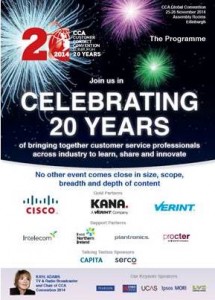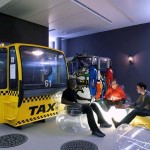 I enjoyed the Certiport EMEA Partner conference last week and presented my thoughts on how we can turn some of the current tech-education trends into opportunities for our regional distributors.
I enjoyed the Certiport EMEA Partner conference last week and presented my thoughts on how we can turn some of the current tech-education trends into opportunities for our regional distributors.
As usual I talked about the new mobile workforce, the mismatch between skills available and employer needs, and the importance of young people owning their learning paths and skills portfolio, but I also opened the door to one of my favourite concepts of the emotional bank account, originally defined by Stephen Covey.
When you work in consultative sales, it is all about building a strong and long-term relationship with your customers. The work you do, the time you commit, the actions you take, all deposit into an emotional account with the customer that builds your reputation and cements the partnership. Over time, you deposit enough into the account to have lots of credit and if something happens that causes the account to need a withdrawal (a technical error, a mistake, a bit of bad service) then you have enough in the account to keep the relationship strong.
As technology takes over more of the fact- and rules-based decisions, the people who excel at building and maintaining relationships and the emotional bank account with their customers, are the ones who will stand out – this is how people will make a difference in future and where technology is less likely to have a say.





